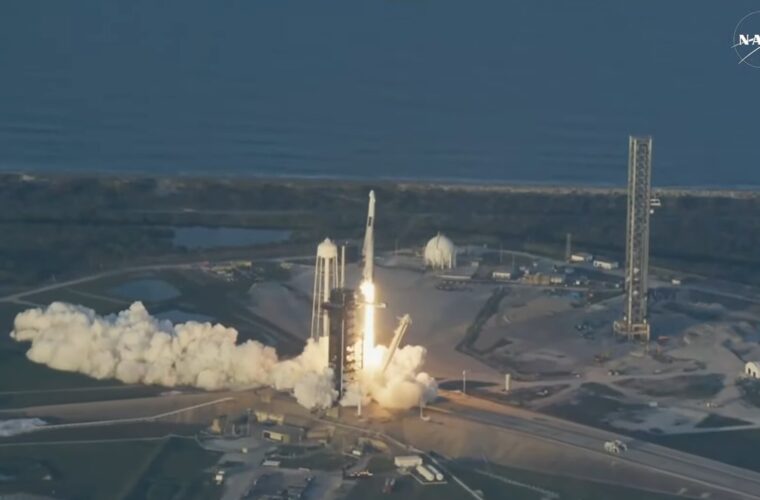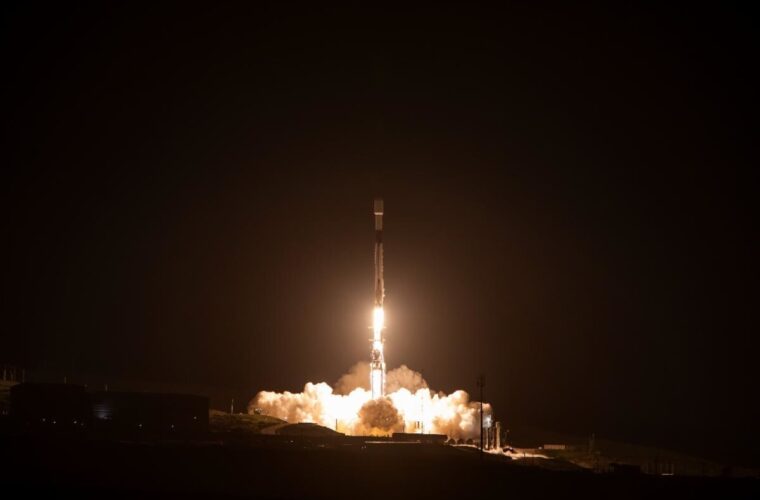For decades, the human imagination has been captivated by space travel: walking on alien worlds and travelling beyond Earth. There are many wonders that astronauts witness on board the International Space Station: breathtaking views of Earth, weightlessness, and the vastness of space. But there is one more unexpected and well-known feature: the smell of space. Yes, space does have a distinct aroma to which some pretty interesting things have been said by astronauts.
The smell of space
In itself, space is a vacuum, which should not have air and thus no smell either. Yet many returning astronauts have reported, time and again, a peculiar smell on their suits and equipment once they re-enter the ISS after spacewalks. The odor generally denotes hot metal, welding fumes, seared steak, and even gunpowder. Though the choices of comparisons may be uncommon, they yield one interesting glimpse into environs beyond Earth’s atmosphere.
The most widely-held explanation for this smell is atomic oxygen in space reacting with the surfaces of spacecraft, suits, and equipment. The atomic oxygen is highly reactive, and upon returning inside the ISS and removal of the helmet, the molecules coming off the suits mingle with the air in the station to create the detected smell. Another explanation can be provided by polycyclic aromatic hydrocarbons, present in cosmic dust and some parts of space. These organic molecules are also present in burnt food, charcoal, and industrial settings. Hence, astronauts may compare the scent to seared meat or welding fumes.
First-hand astronaut accounts
Many astronauts have described the smell of space. For example, as cited by NASA, according to former NASA astronaut Don Pettit, it smells like “a distinct smell of ozone, a faint acrid smell, like gunpowder, or burnt almond cookies”. Likewise, astronaut Thomas Jones reported a “sulfurous, metallic, and slightly burnt smell”. Chris Hadfield likened it to “welding smoke and burned meat”.
What they describe as an especially pungent, metallic smell that does not have any earthly comparisons speaks volumes. And now, due to these reports, there’s one thing that’s sparked curiosity in every scientist and space enthusiast: what the chemical composition of the cosmos might be.

Can we recreate the smell of space on Earth?
The interesting smell of space has not gone unnoticed by industries other than space agencies. In fact, some firms have tried replicating it for training purposes, among other commercially purposed reasons. NASA, together with aroma developers, once created a smelly imitation for astronaut training as a way to familiarize themselves with the feeling in space, which is yet to be discovered in missions. One such initiative led to a fragrance labelled “Eau de Space,” which was a commercial product that could best describe the scent of space as described by astronauts. This was originally developed for training purposes but later entered the consumer market, allowing every space enthusiast a sniff at what the astronauts had been exposed to.
While few of us ever will make it to space, it’s possible to approximate its smell in the comfort of our homes. According to science, the scent of space-smell-burnt, metallic, and smoky-can be reproduced using certain compounds found in common things. Researchers have pinpointed polycyclic aromatic hydrocarbons, or PAHs, as key contributors to space scent. These can be found in grilled meats, burnt toast, and even some perfumes concocted to mimic this experience. The experiments that NASA has conducted in the replication of the scent of space have made it possible to develop commercial products specifically for this purpose. While it may not be like actually stepping outside the ISS, the experience is fun and an education about the mysteries of space.
Why does the aroma of space matter?
While the aroma of space may seem like a trivial curiosity, it offers valuable scientific insights into the chemical interactions occurring beyond our atmosphere. The presence of PAHs and atomic oxygen suggests that space is rich in reactive particles, helping scientists understand cosmic chemistry and the composition of celestial bodies. Moreover, studying space’s scent can contribute to our understanding of planetary atmospheres and the potential habitability of exoplanets. It may also aid in future space missions by helping engineers develop better protective materials for spacecraft and suits.
The discovery that space has a smell adds another fascinating layer to our understanding of the cosmos. While most people will never experience this scent first-hand, astronauts’ vivid descriptions offer a glimpse into what it’s like to venture beyond Earth. Whether resembling seared steak, gunpowder, or welding fumes, the scent of space is a reminder that even in the vast emptiness of the universe, there are still mysteries waiting to be uncovered.



